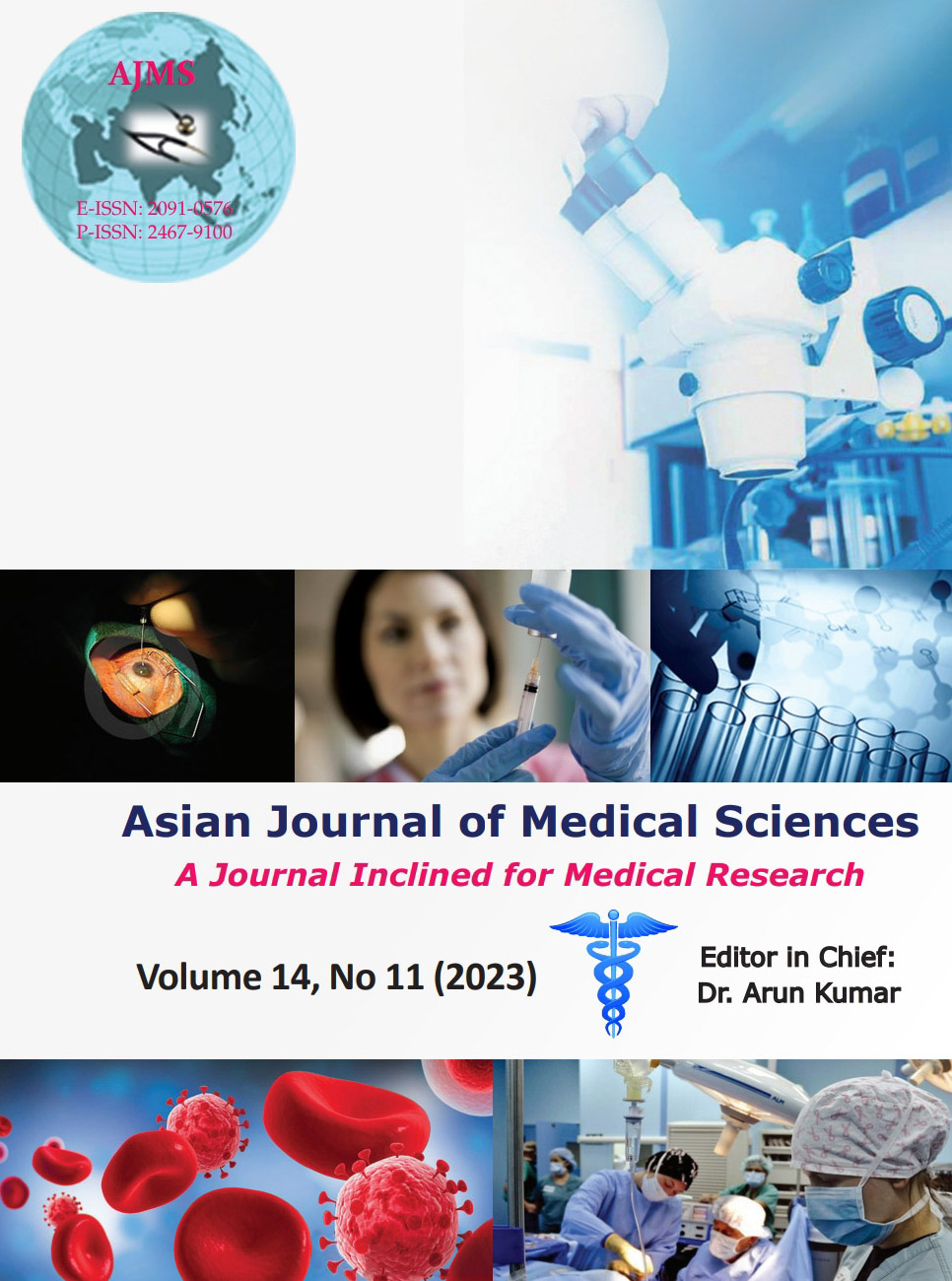Excessive day time sleepiness and its associated factors among adult population in an urban area of southern Rajasthan
Keywords:
Epworth sleepiness scale; Excessive day time sleepiness; Attributable factors for sleepiness; Body mass indexAbstract
Background: Sleep problems have been considered as an unmet public health problem. Sleep problems are mostly under reported and neglected by the Indian population. Very limited studies have been conducted in India on this aspect.
Aims and Objectives: The aim of the study was to estimate the prevalence of excessive day time sleepiness (EDS) and its associated factors among urban adult population.
Materials and Methods: A community based cross-sectional study was conducted among 409 adults of 20–60 years age group in urban Udaipur. Socio-demographic and other details were obtained using a semi structured questionnaire. Using Epworth Sleepiness Scale, assessment of EDS was assessed.
Results: In the present study, mean age of the participants was 40.8 ± 11.3 years. Considering the ESS score of 10 or more, EDS was observed in 60.2% subjects. EDS was associated with age, gender, milk consumption, and mobile use. No significant association was found between EDS with central obesity, body mass index, marital status, literacy, occupation, exercise, smoking, and consumption of alcohol.
Conclusion: In the present study, the prevalence of EDS was high. Therefore, early identification of excessive sleep problems and appropriate intervention that address the various determinants of the sleep problems is of prime importance.
Downloads
Downloads
Published
How to Cite
Issue
Section
License
Copyright (c) 2023 Asian Journal of Medical Sciences

This work is licensed under a Creative Commons Attribution-NonCommercial 4.0 International License.
Authors who publish with this journal agree to the following terms:
- The journal holds copyright and publishes the work under a Creative Commons CC-BY-NC license that permits use, distribution and reprduction in any medium, provided the original work is properly cited and is not used for commercial purposes. The journal should be recognised as the original publisher of this work.
- Authors are able to enter into separate, additional contractual arrangements for the non-exclusive distribution of the journal's published version of the work (e.g., post it to an institutional repository or publish it in a book), with an acknowledgement of its initial publication in this journal.
- Authors are permitted and encouraged to post their work online (e.g., in institutional repositories or on their website) prior to and during the submission process, as it can lead to productive exchanges, as well as earlier and greater citation of published work (See The Effect of Open Access).




